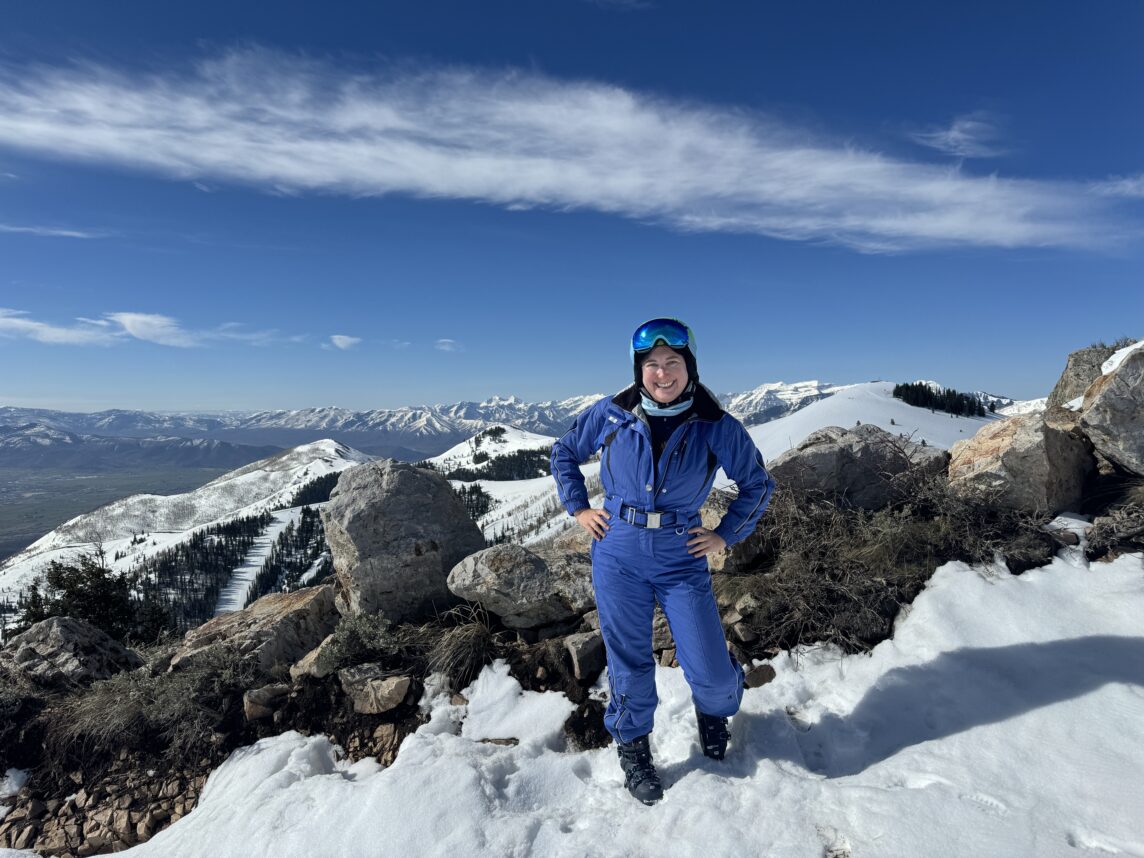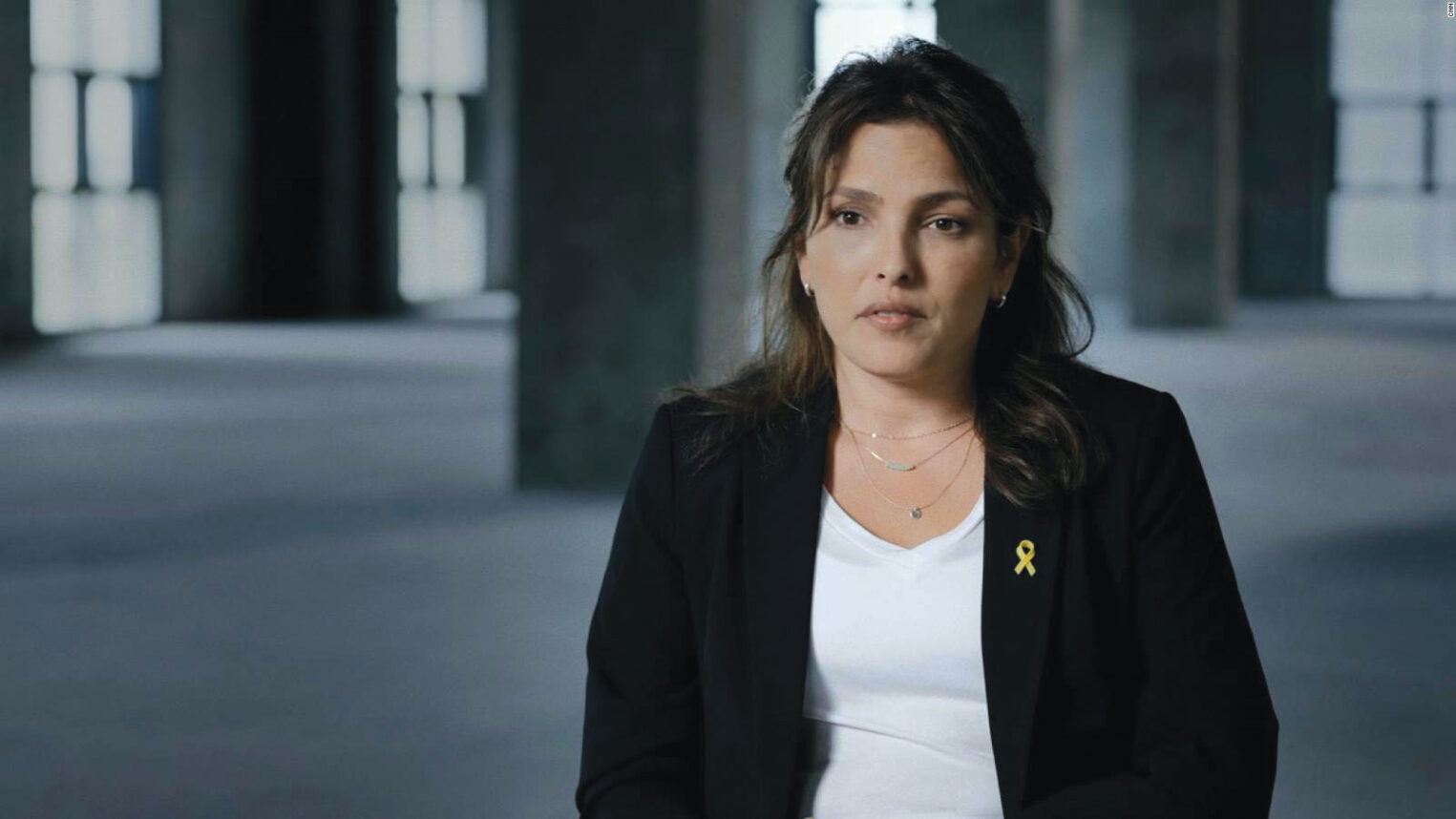 “A Night at the Garden” Photo courtesy of Marshall Curry Productions
“A Night at the Garden” Photo courtesy of Marshall Curry Productions On Feb. 20, 1939, 20,000 people filled an arena for a political rally. Before an enormous portrait of George Washington, they pledged allegiance to the American flag as the national anthem played. They also wore swastika armbands, gave the Nazi salute and cheered hateful rhetoric about reclaiming America from the “Jewish-controlled press” and “Jewish-Moscow domination.”
This shocking spectacle took place at Madison Square Garden in New York, and it’s the subject of the Oscar-nominated short documentary “A Night at the Garden.”
Just over seven minutes long and consisting entirely of black-and-white archival footage, the film has a chilling impact.
“What struck me when I saw the footage was that this philosophy that most Americans would say was completely un-American was being presented wrapped up in the American flag,” filmmaker Marshall Curry told the Journal. “[It shows] the way that the demagogues can excite crowds to violence and to ridicule and to hate.”
When he first heard about the footage’s existence, Curry embarked on “a bit of a scavenger hunt,” locating bits and pieces — less than an hour total — in the National Archives, the Sherman Grinberg Film Library and in archives at UCLA. He had considered interviewing historians for comment but opted to “just drop people into the event and bear witness. I felt it was actually more engaging than if it had been a straight, analytical, historical documentary.”
At one point in the film, a protester rushes the stage and is violently attacked. “His name was Isadore Greenbaum. He was a plumber’s assistant in Brooklyn who was just so outraged by what he saw that he just jumped up onstage,” Curry said. “He’s a symbol of not just sitting on the sidelines, but running out onstage and saying, ‘No,’ even when it’s 20,000 to 1, to just make sure that the voice of the people and decency is heard.”
Curry pointed out that rally leader Fritz Kuhn had plenty of ultra-right-wing company at the time, including Charles Lindbergh and radio host Father Charles Coughlin, who had 3 million loyal listeners. But when the United States entered World War II, Nazism “no longer was an acceptable point of view and we kind of washed away the fact that anybody had ever supported it,” Curry said. “It was like an embarrassing part of somebody’s family history that they stopped talking about. Now, of course, we’re seeing it creep out of the closet again.”
In making the film, Curry said, “I wanted people to be sensitive to the way that symbols of America can be misused to peddle ideas that are, in my opinion, un-American, anti-American, at least against the American values that we have. I also wanted them to be sensitive to the way that demagogues can excite crowds to violence and to ridicule and to hate.”
The director added that he hopes people watching the film “will be sensitive to the way that demagogues currently are using or trying to use the same tactics to turn us against each other and make us stop caring about each other. I just feel like every high school student should know about this in their studying of World War II.”
Curry, who has been Oscar-nominated twice, for his feature documentaries “Street Fight” in 2006 and “If a Tree Falls” in 2012, hopes this nomination will mean that more people will see “A Night at the Garden.”
“For short documentaries, it’s very hard to cut through and to attract attention,” he said. “I made it expecting nothing, just to share this kind of crazy part of American history with my fellow Americans who don’t know about it. It’ll be fun to go to the Oscars and put on a tuxedo, but the thing that is the most exciting is the way that it’s going to help the movie get seen.”
Curry came to filmmaking late, after working at a variety of jobs for a decade after he graduated from college. “I taught high school students about government and politics, I worked for a public radio station and I worked at an internet startup in the ’90s, designing the Metropolitan Museum of Art’s first website,” he said. “Then in 2002, I met a city councilman in Newark, New Jersey, who was about to run for mayor. I asked him if I could film his campaign. That was Cory Booker, and the film was ‘Street Fight.’ I’ve been making films ever since.”
His subjects have included young aspiring NASCAR drivers, urban politics and radical environmentalists. “My interests are pretty broad. I’m kind of curious about human beings and why we do what we do and believe what we believe,” Curry said. “I’m interested in people with big dreams. I’m interested in the human experience with all of its different facets.”
His next project is a short dramedy he’s written and directed called “The Neighbor’s Window.” “It’s about a woman with young kids who becomes obsessed with watching
the young couple who move in across the street,” he said. “It’s going to be coming out in the spring.”
“A Night at the Garden” is available via YouTube, PBS.com and anightatthegarden.com.
Update: In an earlier version the author said it was on Feb. 28 but in fact it was Feb. 20.






















 More news and opinions than at a Shabbat dinner, right in your inbox.
More news and opinions than at a Shabbat dinner, right in your inbox.